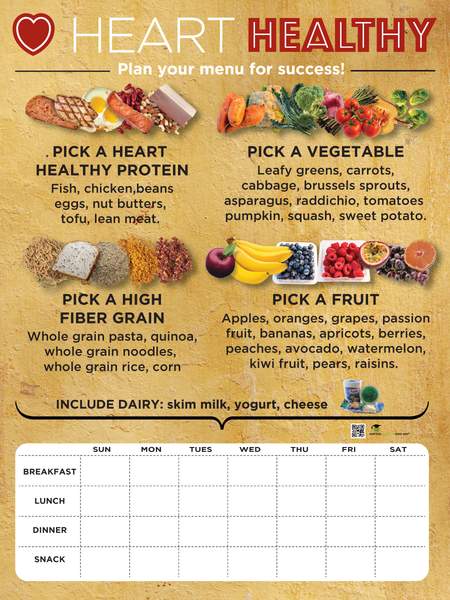“Prediabetes = Preventdiabetes” – this phrase on the Centers for Disease Control and Prevention (CDC) website says it all. A diagnosis of prediabetes is serious, but you CAN take steps to prevent or delay the progression to diabetes.
Use our Prediabetes Poster and Prediabetes Color Handout Tearpad to get these important messages out:
- What is prediabetes? If your blood sugar is higher than normal, but not high enough to be classified as type 2 diabetes, you have prediabetes.
- Who has prediabetes? One in three U.S. adults has prediabetes. The CDC says that 90 percent don’t know they have it.
- How does prediabetes affect me? It can lead to type 2 diabetes, stroke, and heart disease. Over time, uncontrolled high blood sugar can cause kidney, nerve, and eye damage.
- What can I do? Research shows that doing just two things can help you prevent or delay type 2 diabetes: Lose 5-7 percent of your body weight (10-14 pounds for someone who weighs 200 pounds) and get at least 150 minutes of physical activity per week, such as brisk walking.

Diabetes Risk Banner and Banner Stand 24" X 67"
$125.00 $135.00
Add to Cart










